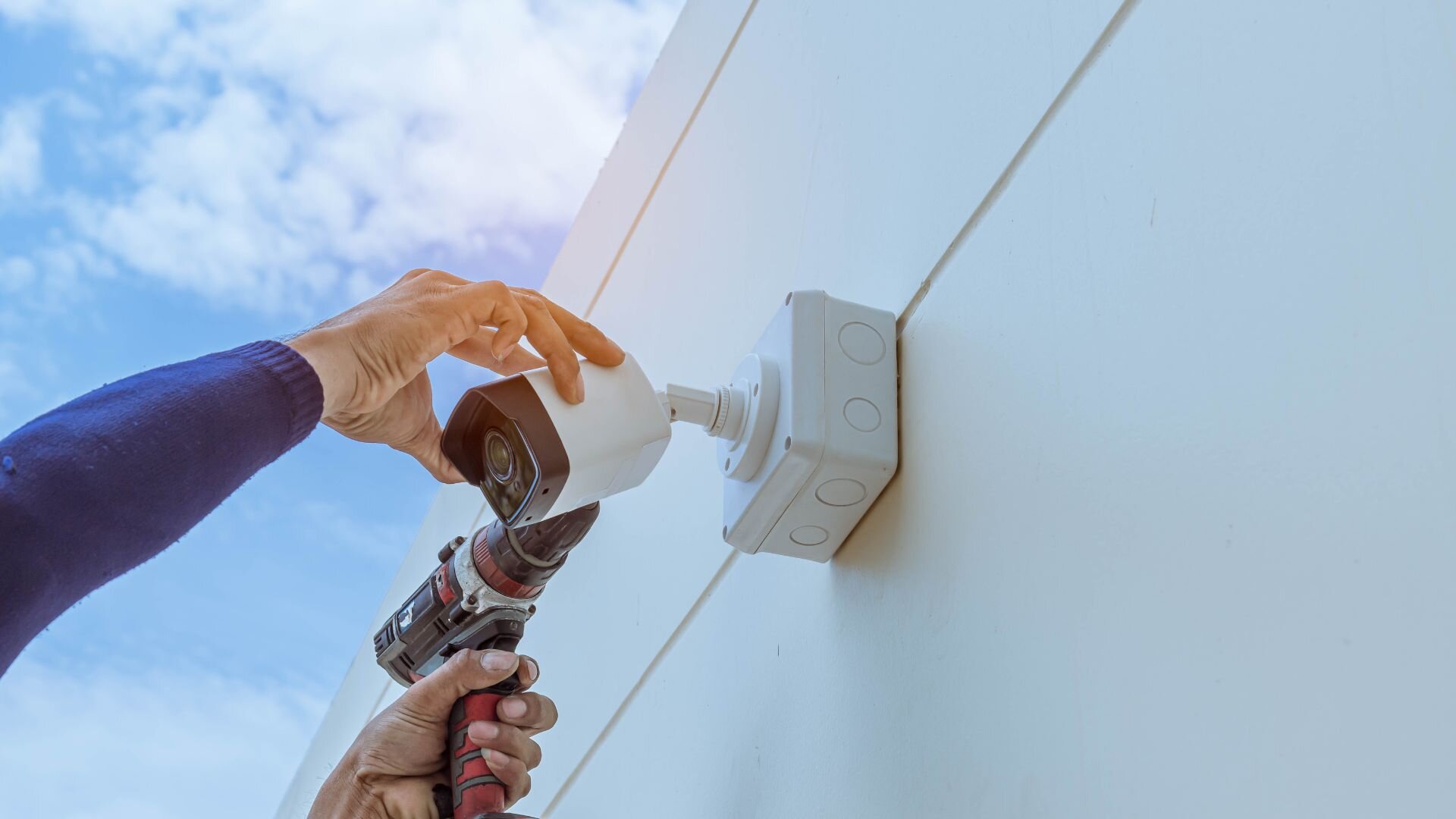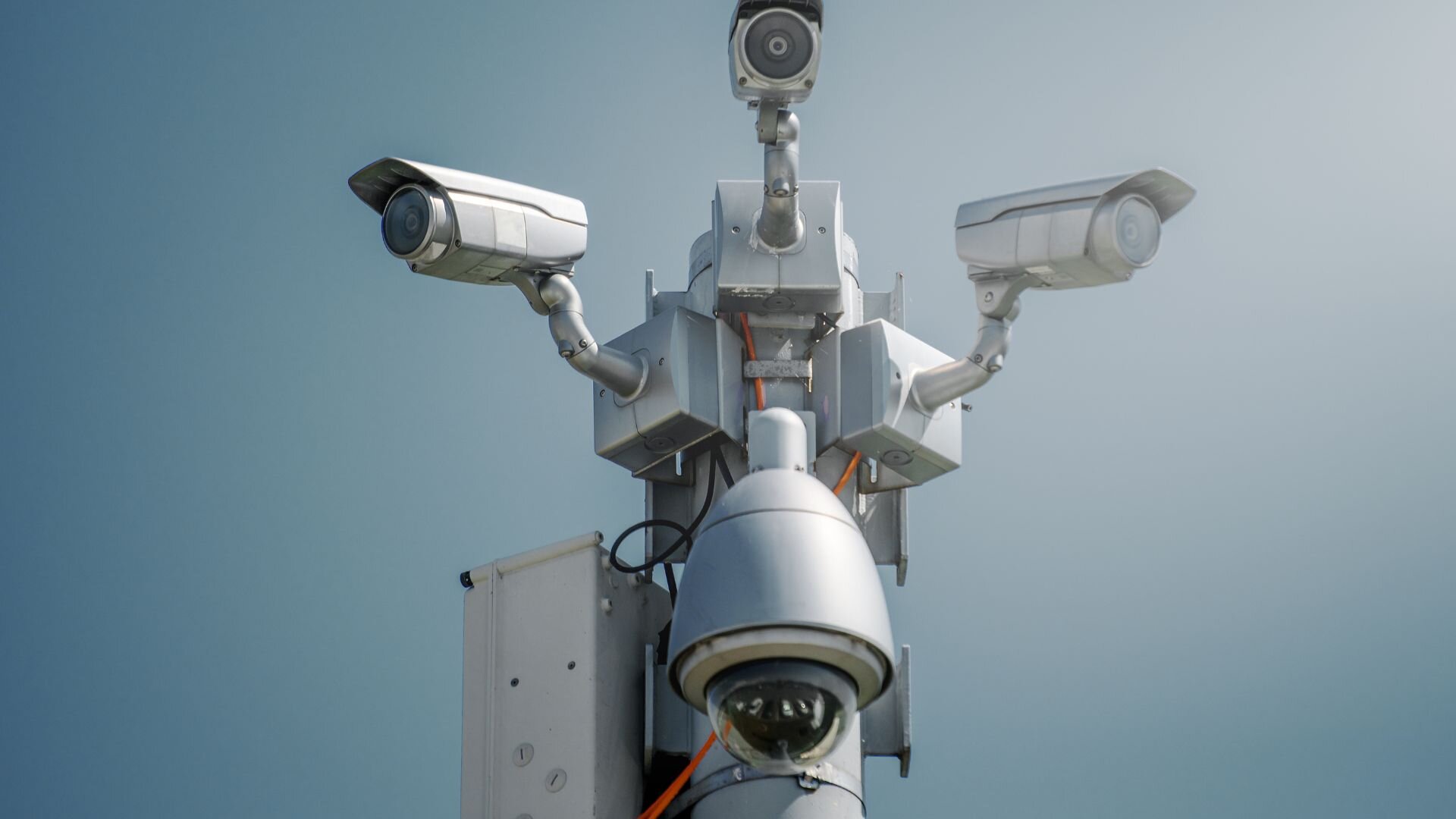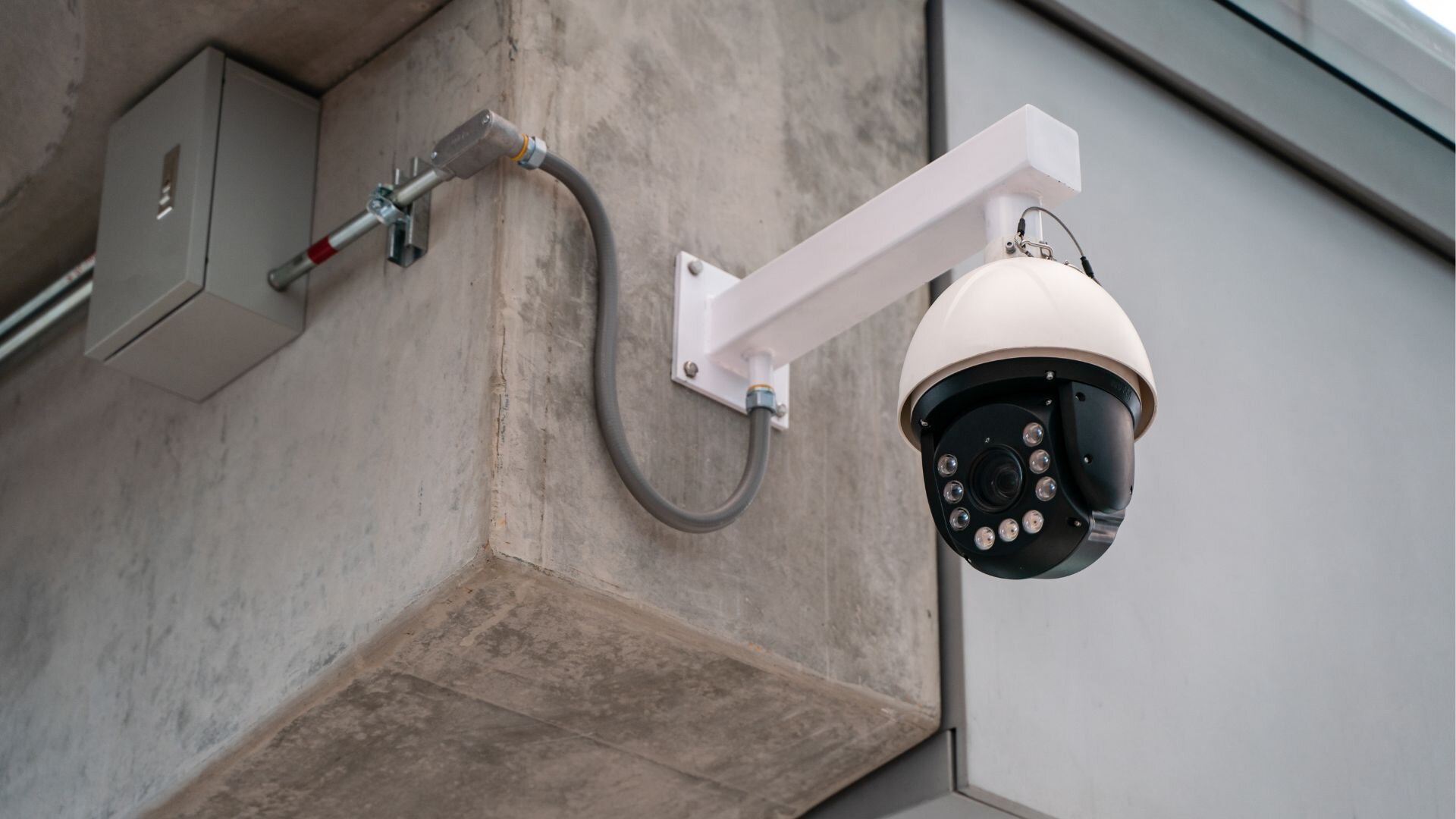Living in a strata community offers a range of benefits, from shared amenities to a sense of belonging. However, ensuring a safe and secure environment is a top priority for strata committees and residents alike. With the rise of property crime and vandalism, many strata buildings are turning to CCTV systems as a security measure.
While CCTV offers clear benefits in deterring crime and aiding investigations, it also raises concerns about resident privacy. Strata committees must navigate this tension, ensuring effective security measures that respect the privacy rights of those living within the building. Australian privacy laws also play a crucial role in dictating how CCTV footage can be collected, stored, and used. This blog post will explore the advantages of CCTV systems in strata communities alongside the important considerations for privacy and legal compliance.
Benefits of Strata CCTV Systems
CCTV systems offer a range of advantages for strata communities, particularly in enhancing security. Firstly, they act as a strong deterrent against crime and vandalism. The visible presence of security cameras discourages potential offenders from knowing their actions are being monitored.

Secondly, CCTV footage is crucial for identifying offenders when crimes occur.Cameras can capture clear images of those involved, supporting police investigations and potentially leading to arrests. Furthermore, this footage can be vital evidence in court, bolstering cases against criminals.
Beyond practical benefits, CCTV systems greatly enhance the overall sense of security for residents. Knowing their building is monitored offers peace of mind, particularly for those living alone or with families. This security can foster a more positive, comfortable environment in the strata community.
Privacy Considerations for Strata CCTV Systems
While security is paramount, it’s crucial to strike a balance with resident privacy. Living in a strata community comes with an expectation of privacy within individual units and some common areas. Residents may be concerned about constant video surveillance, particularly in areas where they reasonably expect privacy, such as building entrances, exits, or near waste disposal areas.
To ensure a balanced approach, CCTV camera placement is critical. Cameras should only capture footage in designated common areas, like hallways, car parks, and perimeters.They should not be positioned in a way that intrudes on private balconies, windows, or building entrances where residents might linger to chat with neighbours.
Privacy issues go beyond just physical surveillance. Data privacy matters too. Recorded footage needs to be securely stored, with access restricted to authorised individuals. Clear guidelines should dictate how long footage is kept before secure deletion.
Transparency is key. Residents have a right to know if CCTV is being used in their building and for what purpose. A clearly communicated CCTV policy outlining camera locations, recording purposes, and data storage procedures should be readily available to all residents.
Australian Privacy Laws and Strata CCTV Systems
In Australia, the use of CCTV systems in strata communities is subject to relevant privacy laws, primarily the Privacy Act 1988. Complying with these laws is essential to avoid potential legal issues and ensure resident privacy is respected.
The Privacy Act outlines key principles for collecting personal information, which includes CCTV footage that captures individuals. One crucial principle is the collection of data only for a legitimate purpose, such as security within the strata building. In some instances, obtaining resident consent for CCTV use may also be necessary.
Having a clear and comprehensive CCTV policy is crucial for strata communities to maintain compliance and transparency. This policy should cover resident rights related to CCTV use, such as camera locations, the purpose of recordings, data storage procedures, and access to footage if necessary. A well-defined policy highlights the strata committee’s dedication to both security and residents’ privacy.
Best Practices for Implementing Strata CCTV Systems

Conducting a Security Risk Assessment
Before investing in a CCTV system, conducting a thorough security risk assessment is crucial. This assessment identifies areas most vulnerable to crime and vandalism, informing the optimal placement of security cameras. Focusing on high-risk areas maximises the system’s effectiveness while minimising intrusion on resident privacy in less critical areas.
Developing a Clear and Well-Defined CCTV Policy
Following the security risk assessment, a clear and well-defined CCTV policy is essential. This policy should detail:
- Locations of all cameras
- Specific purposes for recording footage
- Data storage procedures outlining how long footage is retained
- Any procedures for resident access to footage (if applicable)
The policy should be readily available to all residents and prominently displayed in common areas.
Utilising Signage to Inform Residents
Signage plays a vital role in informing residents about CCTV surveillance. Clear and visible signage should be placed at:
- Building entrances
- Car parks
- Other areas monitored by cameras
This signage reinforces transparency and deters potential crime by reminding individuals they are being recorded.
Ensuring Ongoing Maintenance and Upgrades
Finally, ongoing maintenance and upgrades are crucial for a functioning and effective CCTV system. Regular maintenance ensures the system operates optimally, capturing clear and reliable footage. As technology advances, periodic upgrades may be necessary to maintain the system’s effectiveness and security features.

Striking the Right Balance in Strata Communities
CCTV systems can be a valuable tool for enhancing security in strata communities. However, achieving this benefit requires a thoughtful approach that balances resident privacy with effective crime prevention.
This blog post has explored the key considerations for strata committees looking to implement CCTV systems. From conducting security risk assessments to developing clear policies and ensuring proper signage, several steps are required to ensure a system that is both effective and compliant with Australian privacy laws.
For strata committees seeking expert guidance on strata-compliant CCTV system design, installation, and maintenance, consider contacting a reputable electrical contractor like Enersol Electrical.
With extensive experience in designing and installing secure and privacy-conscious CCTV systems for strata buildings, Enersol Electrical can help you achieve peace of mind within your community. Their qualified technicians can advise on the most suitable technology for your specific needs, ensuring a system that adheres to legal requirements and provides optimal security.